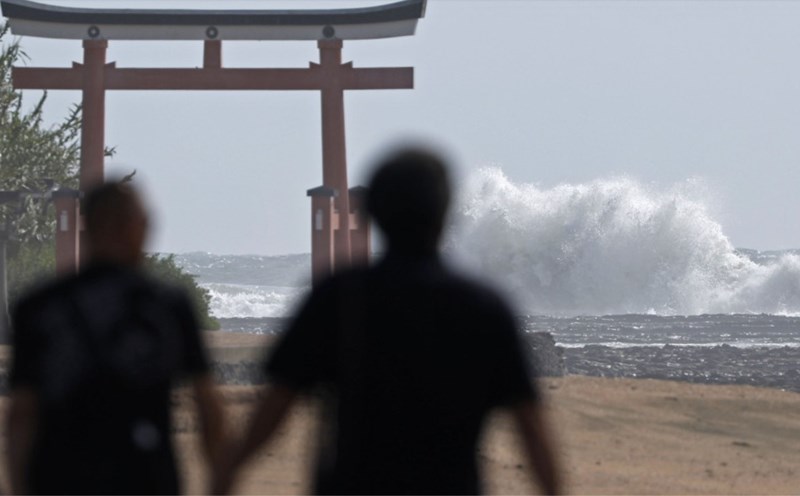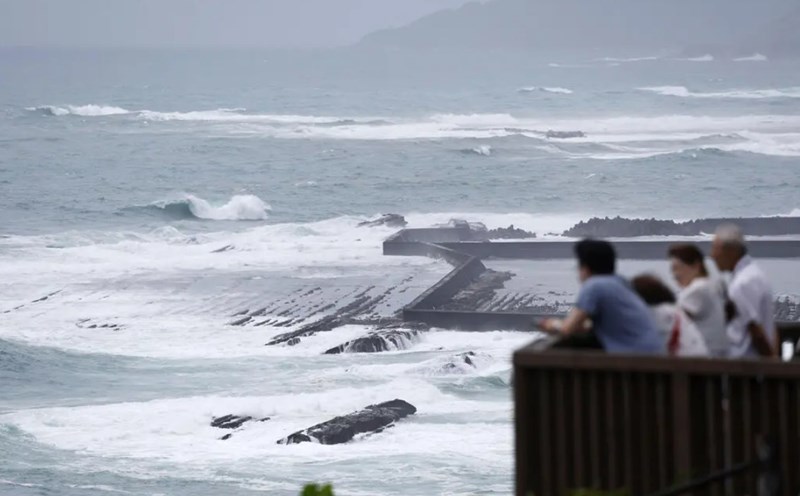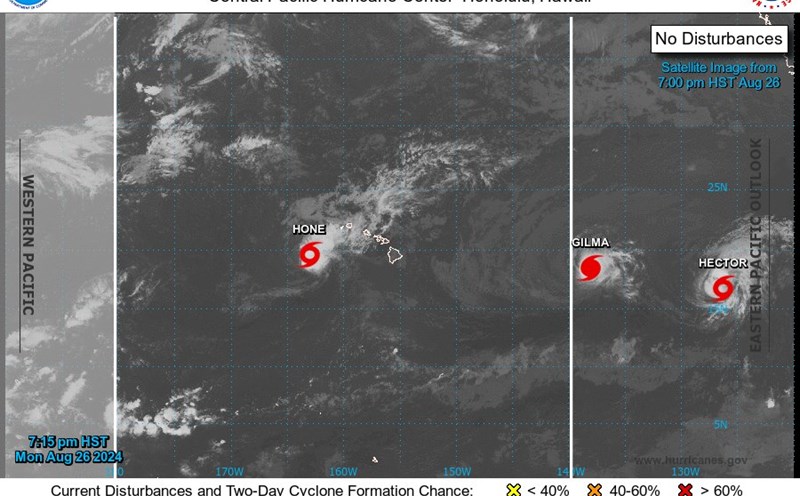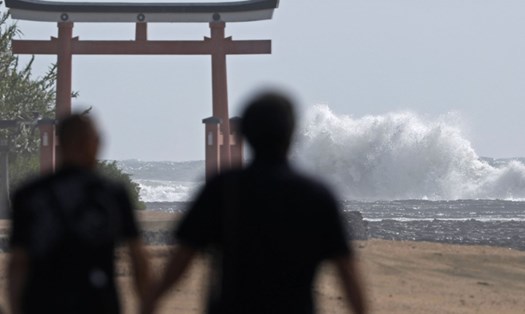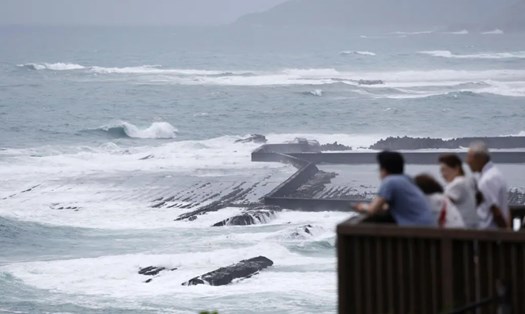On August 28, the Japan Meteorological Agency (JMA) issued a rare special typhoon warning for much of Kagoshima Prefecture in the southwest of the country.
Strong typhoon Shanshan, which has already caused many casualties in affected areas, is approaching the region with considerable force.
The storm is moving north toward the south of Yakushima Island in Kagoshima Prefecture, off the southwestern main island of Kyushu, the JMA said. It is expected to maintain its strength and make landfall in Kyushu on August 29.
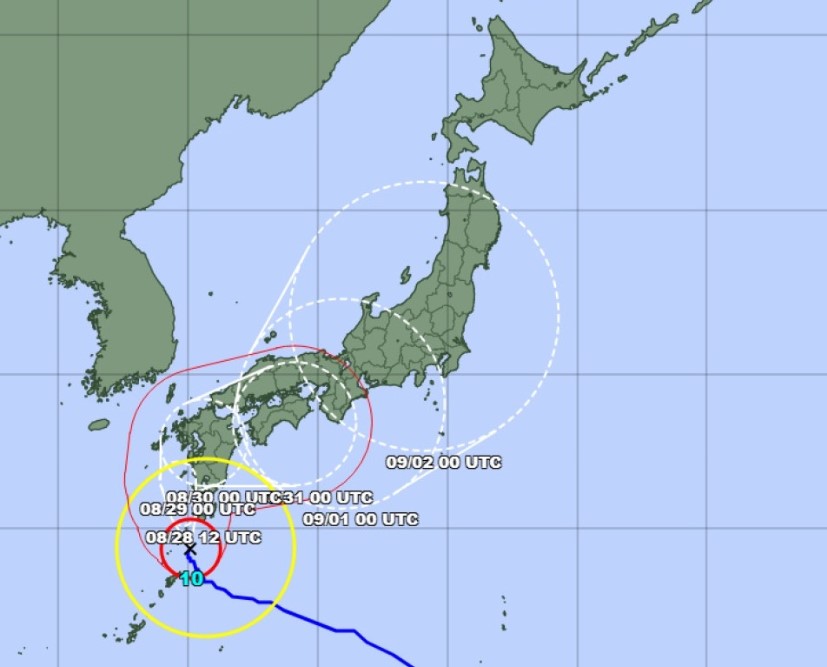
In the face of this dire situation, many operations have been affected on a large scale. Toyota Motor Corp. has decided to temporarily suspend operations at 14 factories nationwide.
Train operators have also announced several train cancellations. Specifically, the Sanyo Shinkansen bullet train service between Hiroshima and Hakata will be suspended, while JR Kyushu will cancel all local and express train services on the afternoon of August 29.
In addition, bullet train service on the Tokaido Shinkansen line between Shizuoka and Kakegawa has also been suspended. Many flights, especially those serving airports in Miyazaki and Kagoshima prefectures, have been canceled.
More worryingly, as of now, nine people have been injured by the storm in Kagoshima Prefecture and neighboring Miyazaki Prefecture.
The JMA has issued a dire warning, urging people to prepare for strong winds, high tides and large waves. Experts stressed the importance of being ready to evacuate before the situation worsens, warning that the storm could bring winds strong enough to destroy some residential structures.
Rainfall is forecast to reach up to 600 mm within 24 hours in some areas. The concern is that the storm's slow moving speed could increase the level of danger, as areas could endure strong winds and heavy rain for extended periods of time.
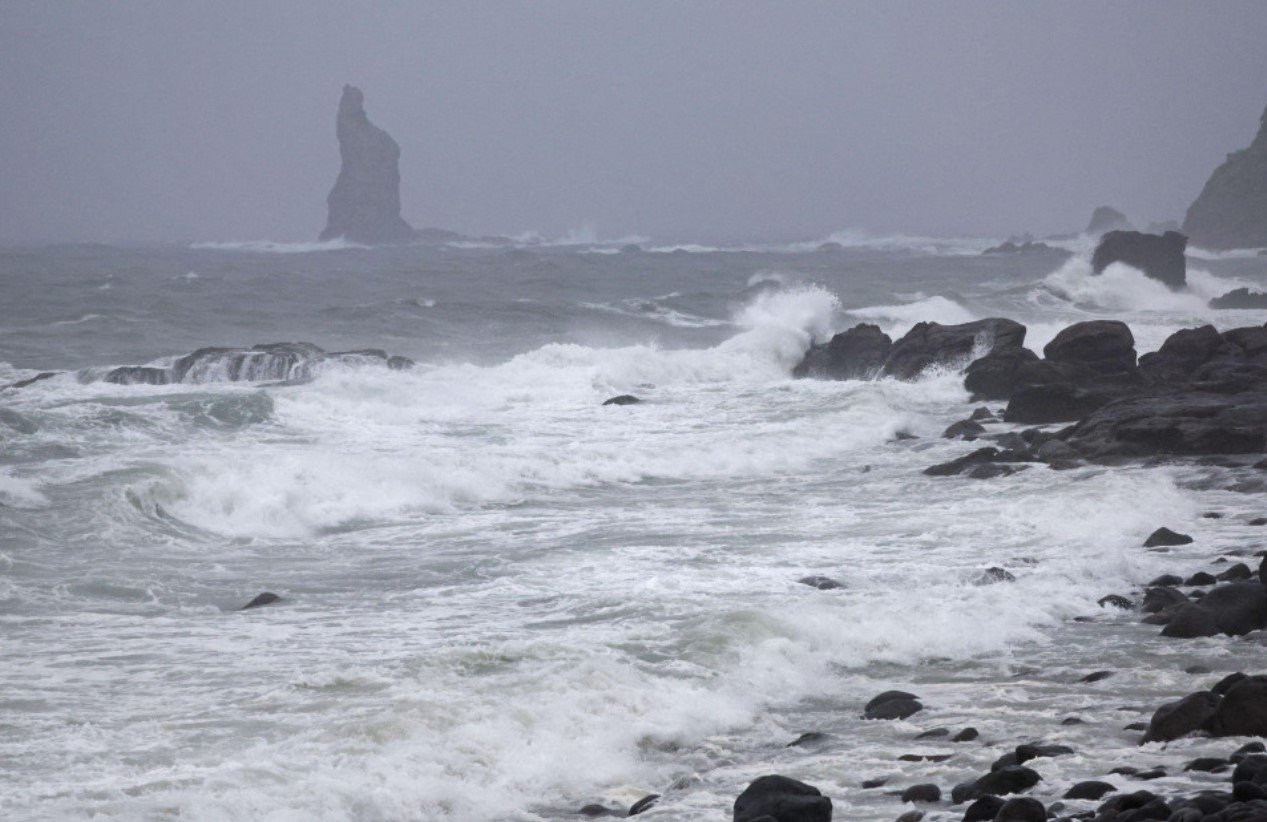
For tourists who are present or planning to visit Japan during this time, experts recommend being extremely cautious and prioritizing personal safety.
Travelers should closely monitor announcements and warnings from local authorities as well as the Japan Meteorological Agency. If possible, consider canceling or postponing trips to affected areas. People in danger zones should stay home and avoid going out unless absolutely necessary.
It is important to have essential items such as drinking water, non-perishable food, flashlights, battery-powered radios and first aid kits. Travelers should also stay informed about the nearest evacuation centres and safe evacuation routes. They should also closely monitor the status of flights, trains and other public transport.
In case of emergency, visitors should contact their country’s embassy or consulate in Japan for immediate assistance. Most importantly, follow all instructions and directives from local authorities to ensure maximum safety during the typhoon.

